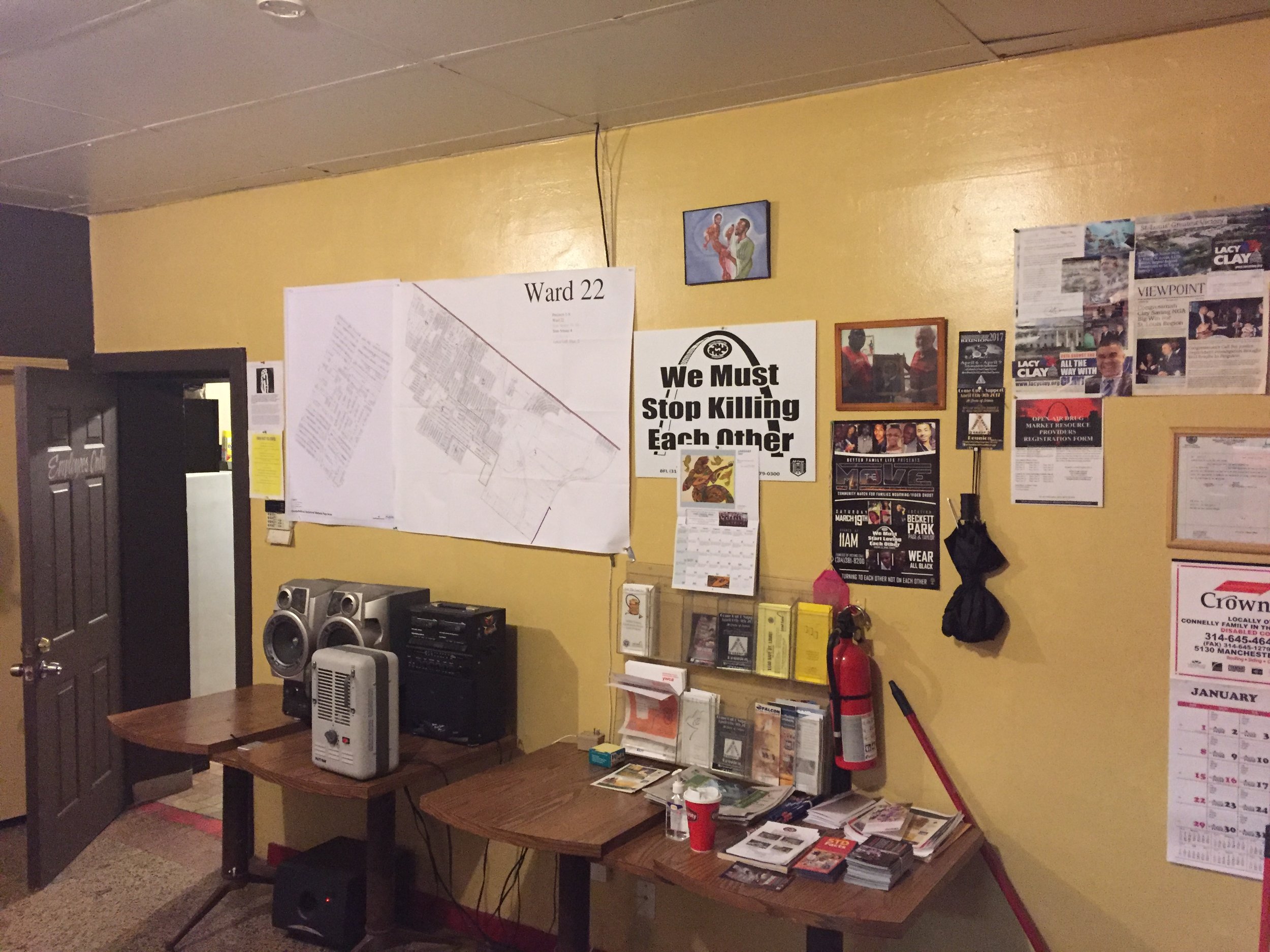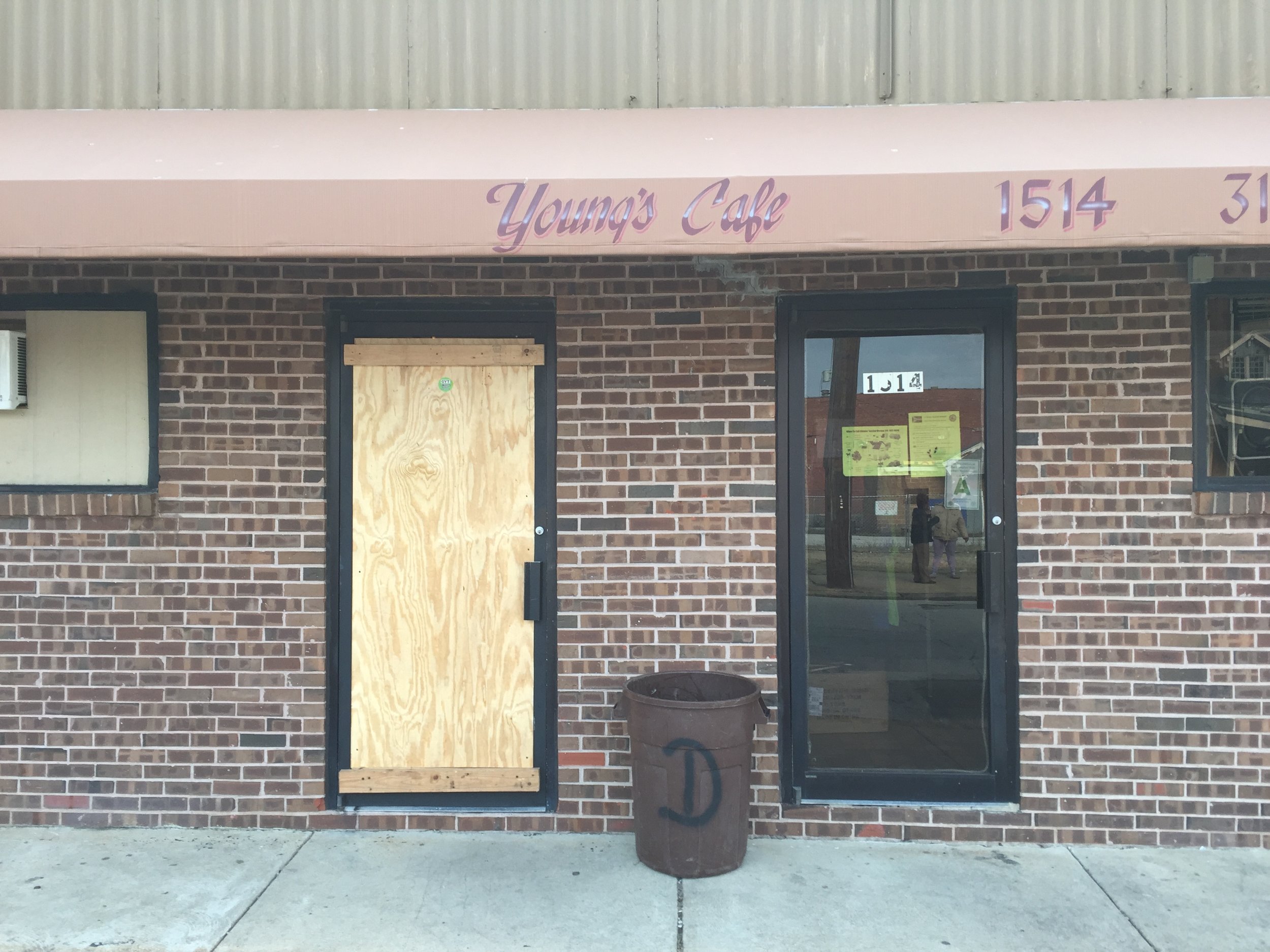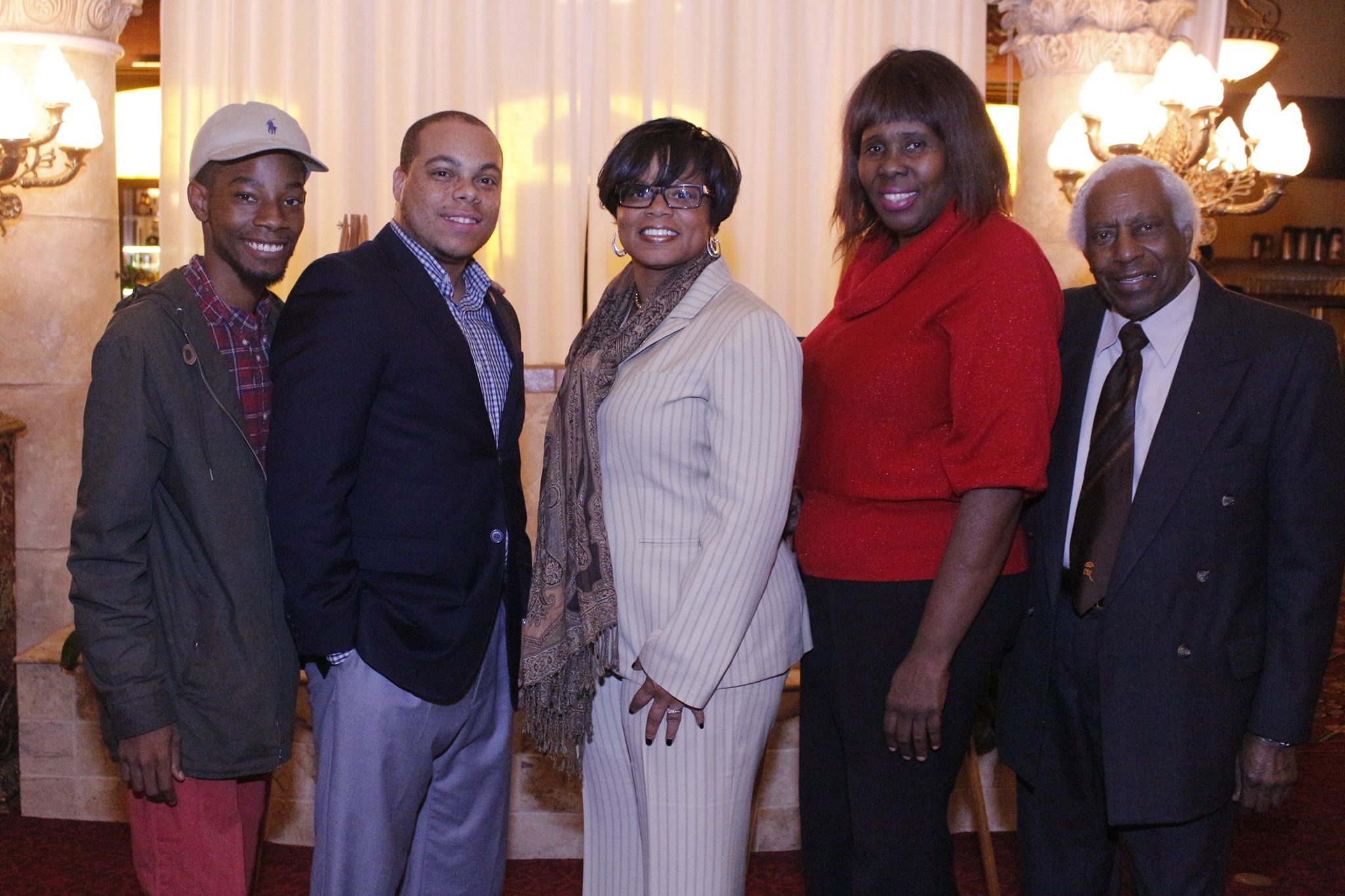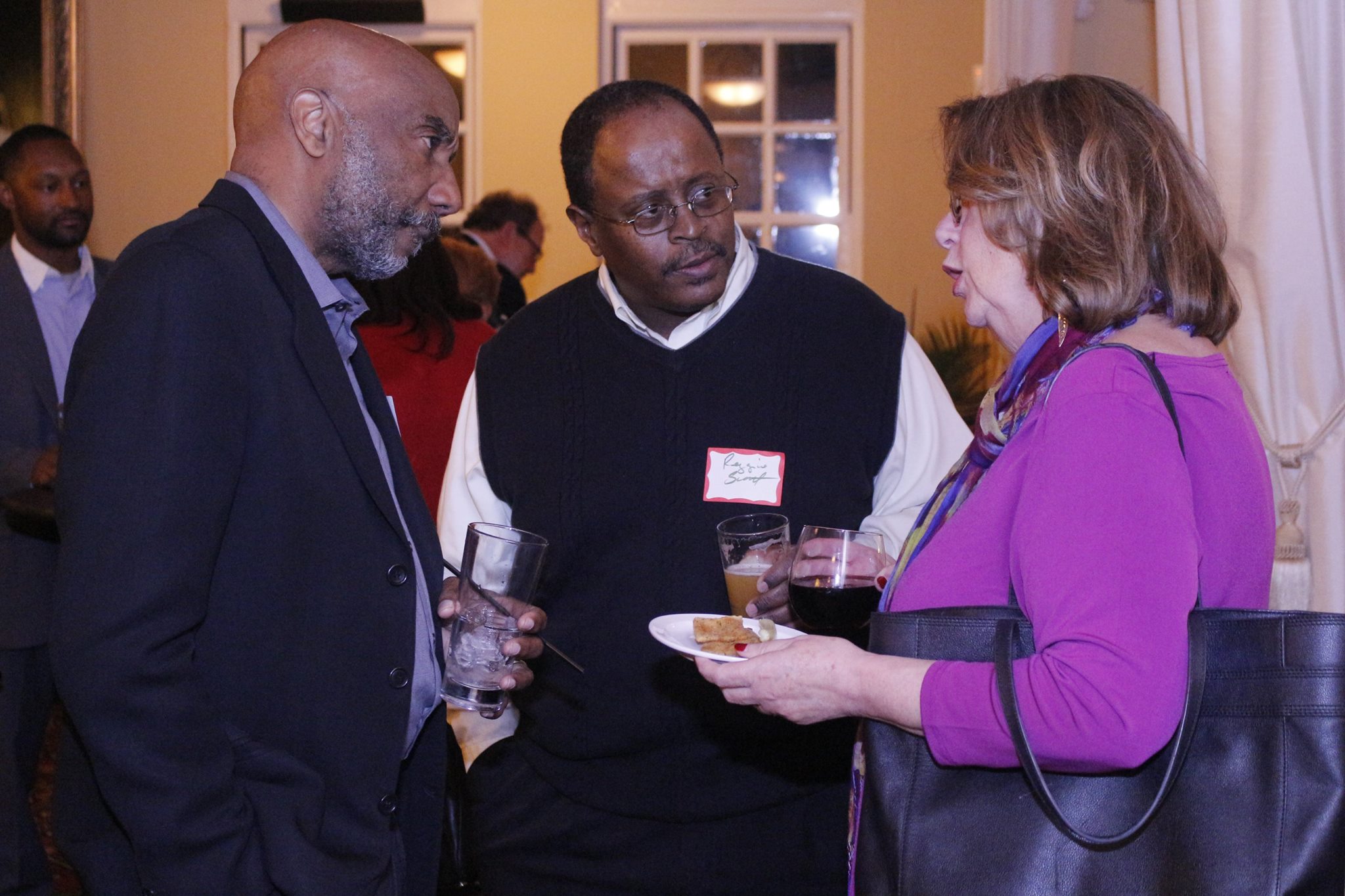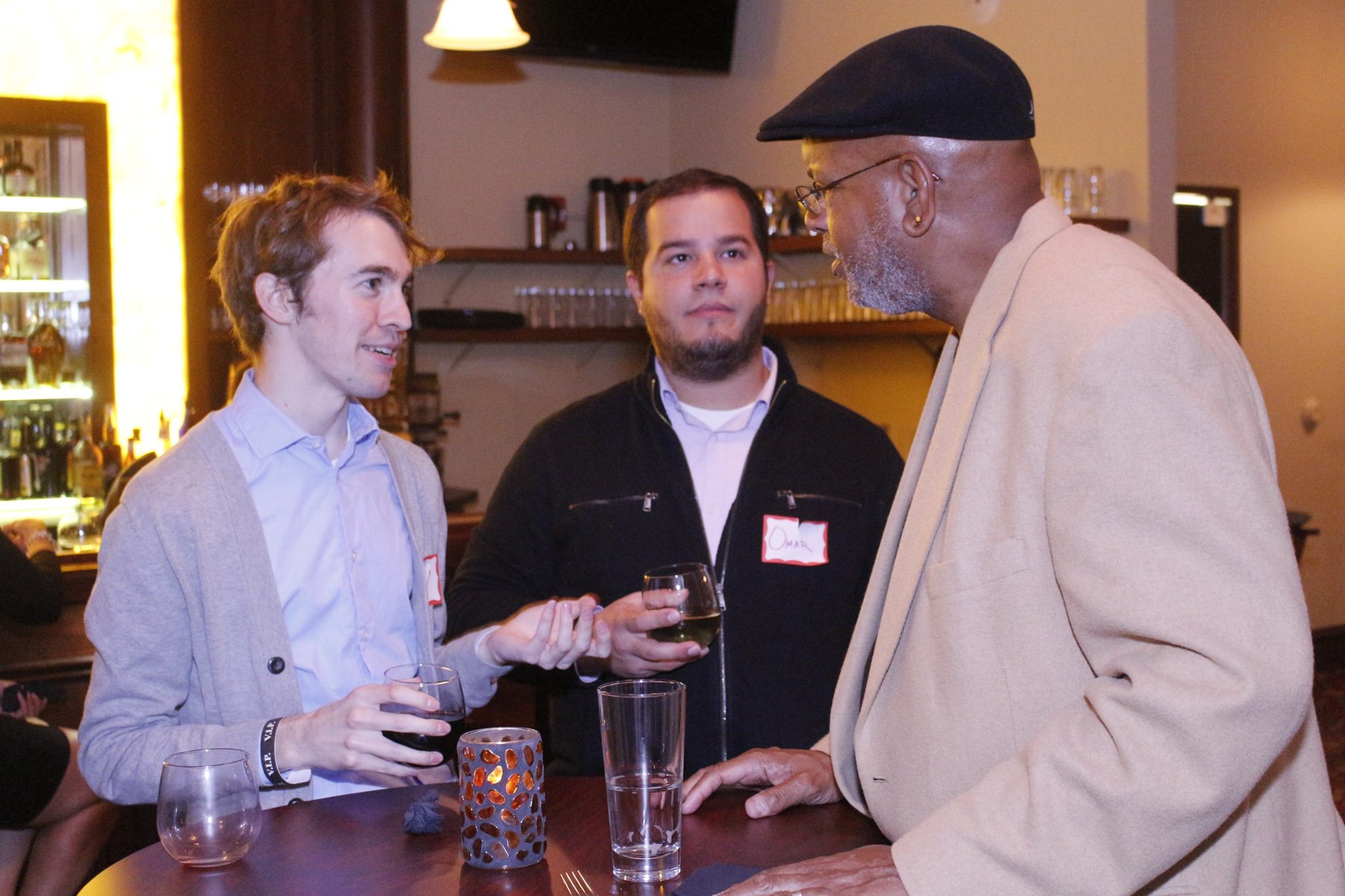The bill would modify the Neighborhood Assistance Act by changing the cap on the Affordable Housing and Neighborhood Assistance Tax Credits and by repealing the Development Tax Credit. Additionally, the Affordable Housing Tax Credit cap for investments in affordable housing activities would be reduced from $10 million to $7 million per fiscal year. The Neighborhood Assistance Tax Credit cap would be reduced from $16 million to just $5 million per fiscal year (Sections 32.100 to 32.125). The bill would also place an initial cap of $160 million on Missouri’s Low-Income Housing Tax Credit (LIHTC) program and decrease that cap annually until it reaches $90 million in 2020 (Section 135.352).
Frankly, this could be catastrophic for organizations like ours.
—
Kimberly McKinney:
Habitat for Humanity Saint Louis benefits greatly from our participation in the AHAP tax credit program, which allows donors who make qualified contributions to our organization to receive a significant tax liability benefit in exchange for their generosity. It encourages donors to give larger contributions and gives Habitat Saint Louis an extremely effective incentive to present to donors who have significant tax liabilities.
As an example, AHAP tax credits supported the startup, full rent and related expenses for operating ReStore Des Peres—an invaluable income stream for Habitat Saint Louis and a resource for affordable building materials for the Des Peres community. Just last year, ReStore Des Peres took in more than 5,000 donations and diverted 6,000 tons of usable materials from landfills. The facility provides full-time employment for 10 people.
Imagine if those tax credits hadn’t been available to make the dream of ReStore Des Peres a reality.
Over the past three years, tax credit allocations of almost $2.5 million have supported $4 million in donations to Habitat Saint Louis. We rely on this program for much-needed funding to build housing for deserving, hardworking, local families who simply want to raise their families in a safe place they can afford.
Like most organizations doing community development work, Habitat Saint Louis runs a very tight ship, with 86 cents of every dollar going directly to program costs, and just 14 cents going to administrative and fundraising costs. Part of the reason we are so effective at keeping costs down is because we have been able to leverage the AHAP tax credit program to encourage larger donations from qualified donors.
Sal Martinez:
The North Newstead Association has developed over 125 units of quality affordable housing in some of the most impoverished neighborhoods in the City of St. Louis, including Penrose, O’Fallon, and the Greater Ville. These developments would not be have been possible without the support of LIHTCs.
Real families live in these units and contribute to our city in positive ways. These residents are community leaders, parents, shoppers, and friends who make an ongoing positive impact on the socioeconomic reality of their neighborhoods.
During my tenure as Chairman of the St. Louis Housing Authority, LIHTCs were also used to spur the development of quality affordable housing in neglected neighborhoods like St. Louis Place, Peabody Darst Webbe, Covenant Blu, Columbus Square, and Carr Square. These developments provided vital affordable housing opportunities to families and spurred the future development of mixed-income for-sale and rental housing in these same neighborhoods. The LIHTC program was a major catalyst in helping these neighborhoods transform into more viable places to live and work.
—
We cannot lose these resources and continue to build as many homes in our community. We need these tax credits. The families who turn to us for hope need them, too.
You can help. We urge you to please use your voice to tell your State Senator how vitally important these tax credits are in creating affordable housing for families teetering on the brink of poverty. We and other organizations like ours are deeply grateful for your help in preserving this critical source of income that benefits affordable housing in our region.
***
As Chief Executive Officer of Habitat for Humanity Saint Louis for over a decade, Kimberly McKinney is responsible for the overall operation of the St. Louis affiliate of Habitat for Humanity International. Locally, Habitat for Humanity Saint Louis has built almost 400 houses. Kimberly’s primary duties include board recruitment and development, strategic planning, community relations, and advocacy.
Kimberly initially began as Development Director with Habitat for Humanity in 1997 after relocating to St. Louis from Tennessee, where she held management positions in both the public and private sector. In 2012, she was selected as one of the twenty-five “Most Influential Women” by the St. Louis Business Journal.
Kimberly serves on the Board of Directors and the Executive Committee of Rise (formerly RHCDA), the Board and Executive Committee of the Community Builders Network of Metro St. Louis, the Board of Innovative Technology Education Fund, and the Board of Nonprofit MO. She is a past member of the US Council for Habitat for Humanity International and a current member of St. Louis Women’s Forum and CREW.
Kimberly and her husband, Kevin, reside in the City of St. Louis.
***
Sal Martinez has established himself as a force in the comprehensive revitalization of the St. Louis region. Martinez, who received his Bachelor of Science degree in Urban Education in 1994 from Harris-Stowe State College, was employed by the college as Neighborhood Services Coordinator from 1996-1998. During his tenure at College, Martinez served as a liaison to many local social service and non-profit agencies. These experiences had a profound effect on Martinez, as he developed a keen interest in assisting in the rebuilding of St. Louis’s many disinvested neighborhoods.
Since then, Martinez has spent years working with St. Louis-area efforts to develop and promote mixed income and affordable housing, innovative economic development, historic revitalization, and safety, security, and health programming for residents. He has served as Executive Director of the Grand Rock Community Economic Development Corporation, the Vashon/Jeff-Vander-Lou Initiative, and Community Renewal and Redevelopment, Inc. In January of 2017, Martinez was appointed as the Executive Director of the North Newstead Association (NNA). The NNA (which recently merged with CRD) is recognized as a community development corporation and has developed over 180 units of affordable housing in addition to promoting a number of human development initiatives for families residing in North St. Louis City.
Martinez has served two terms with the St. Louis Housing Authority Board of Commissioners; during his first, he was elected as the Board’s youngest-ever chairman. He serves on several advisory boards and committees designed to increase minority (MBE), women-owned (WBE), and Section 3 business and workforce participation on both publicly and privately funded construction projects, and is the co-founder of the Minority Contractor Initiative (MCI), which provides training, capacity building and technical assistance to St. Louis-region MBE/WBE/Section 3 construction firms. Martinez is also a long-time member of the Hispanic Chamber of Commerce.
Martinez has received numerous community service awards from regional and national organizations, including the Human Development Corporation; Alpha Kappa Alpha Sorority, Inc.; Alpha Phi Alpha Fraternity, Inc.; Better Family Life; Zeta Phi Beta Sorority, Inc.; Metro Sentinel Journal; Senior and Disabled Services Committee; St. Louis Argus Newspaper; Employment Connection; St. Louis Housing Authority; Community Asset Management Company; Dr. Martin Luther King, Jr. Holiday Committee; and the East-West Gateway Coordinating Council. He also has received the Harris-Stowe State University Distinguished Alumni Award. Martinez serves on the boards of several civic organizations, including the Community Builders Network, Central Patrol Business/Police Association, Civil Rights Enforcement Agency, North Grand Neighborhood Services, Inc., the City of St. Louis Community Jobs Board, and the City of St. Louis MBE/WBE Advisory Board.
***
Articles in “From the Field” represent the opinions of the author only and do not represent the views of the Community Builders Network of Metro St. Louis or the University of Missouri-St. Louis.



















